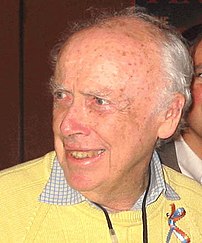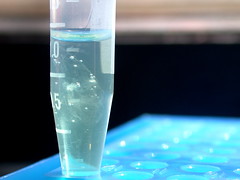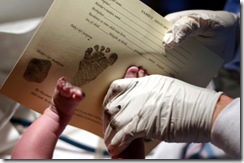
(Jim Watson via Wikipedia)
As if there wasn’t enough to worry about during the genetic revolution, researchers have found a way to characterize redacted genetic sequences from whole-genome or large-scale sequencing.
Here’s how it works. Let’s say that Mr. X has had his genome sequenced, but doesn’t want to know the results of some genes known to influence the development or progression of Alzheimer’s Disease. So when he receives his genomic sequencing, these genes have been ‘redacted’, or removed from the data. This is exactly what James Watson decided to do when he received his data.
Characterizing Redacted Genes
However, researchers have characterized one of Watson’s redacted genes by examining the sequences surrounding the gene in question. Often, when we inherit a gene from our patents, we receive that gene as well as some of the surrounding genetic sequence. By examining the surrounding sequence, some insight into the redacted gene is gained. For example, if I gave you the quote “A penny _____ is a penny earned”, you can derive from the surrounding words that the missing word is “saved.”




 Last week, Randy Seaver of Genea-Musings
Last week, Randy Seaver of Genea-Musings